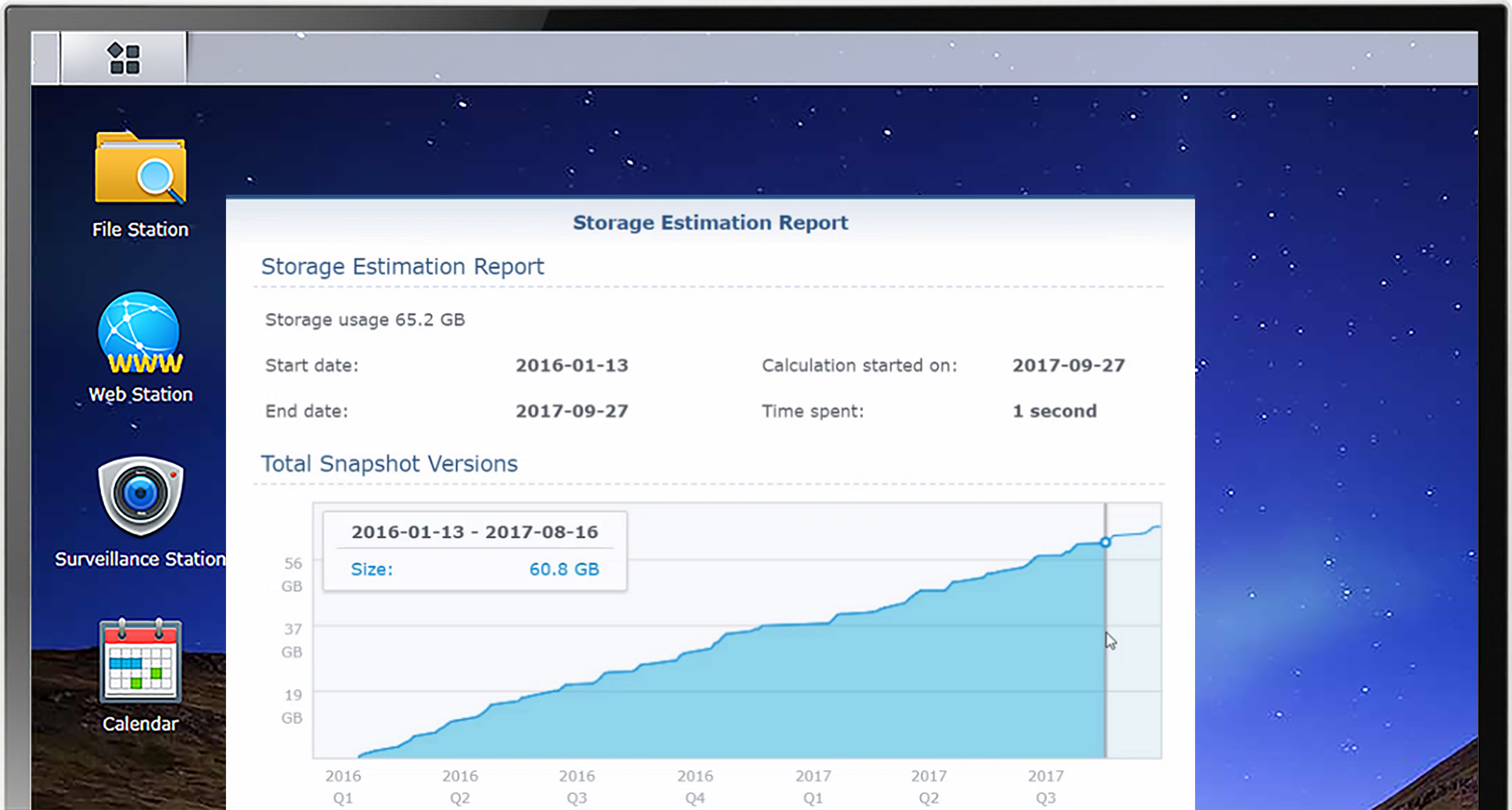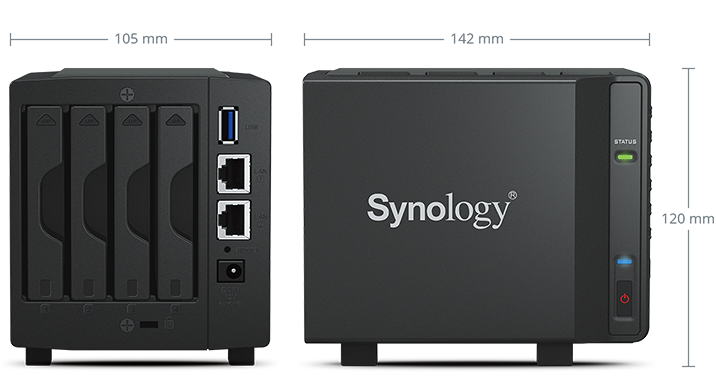
For example, if you're rebooting one server when suddenly another drive or server fails, all data remains safe and continuously accessible. However, a node can be down and one or more disks on another node can fail and the virtual disks will remain online. If 2 nodes become unavailable the storage pool will lose quorum, since 2/3 of the disks are not available, and the virtual disks will be unaccessible. Three-way mirroring can safely tolerate at least two hardware problems (drive or server) at a time. Its storage efficiency is 33.3 percent – to write 1 TB of data, you need at least 3 TB of physical storage capacity in the storage pool. Three-way mirroring keeps three copies of all data, one copy on the drives in each server. With three servers, you should use three-way mirroring for better fault tolerance and performance. Because of this added data resilience, we recommend using nested resiliency on production deployments of two-server clusters. Nested resiliency can safely tolerate two hardware failures at a time (two drives, or a server and a drive on the remaining server). Its storage efficiency is 25 percent with nested two-way mirroring and around 35-40 percent for nested mirror-accelerated parity. Nesting provides data resilience even when one server is restarting or unavailable. Nested resiliency provides data resiliency between servers with two-way mirroring, then adds resiliency within a server with two-way mirroring or mirror-accelerated parity. Two-way mirroring can safely tolerate one hardware failure at a time (one server or drive). Its storage efficiency is 50 percent to write 1 TB of data, you need at least 2 TB of physical storage capacity in the storage pool. Two-way mirroring keeps two copies of all data, one copy on the drives in each server. With two servers in the cluster, you can use two-way mirroring or you can use nested resiliency. Which resiliency types you can choose is independent of which types of drives you have. If your workload requires a feature that ReFS doesn't support yet, you can use NTFS instead. See the ReFS feature comparison table for details.
#SYNOLOGY DRIVE SPACE CALCULATOR WINDOWS#
It supports nearly all key NTFS features, including Data Deduplication in Windows Server version 1709 and later. ReFS is the premier filesystem purpose-built for virtualization and offers many advantages, including dramatic performance accelerations and built-in protection against data corruption.

We recommend using the new Resilient File System (ReFS) for Storage Spaces Direct. We recommend limiting the total number of volumes to 64 volumes per cluster. This allows the cluster to distribute volume "ownership" (one server handles metadata orchestration for each volume) evenly among servers. For example, if you have 4 servers, you will experience more consistent performance with 4 total volumes than with 3 or 5. We recommend making the number of volumes a multiple of the number of servers in your cluster. Once created, they show up at C:\ClusterStorage\ on all servers. Understanding these implementation-level distinctions is not necessary to plan and deploy Storage Spaces Direct successfully.Īll volumes are accessible by all servers in the cluster at the same time. For Custom SMTP Server, all the details need to be entered manually (Address, Port, Sender, Secure Connection, etc).We use term "volume" to refer jointly to the volume and the virtual disk under it, including functionality provided by other built-in Windows features such as Cluster Shared Volumes (CSV) and ReFS. NOTE: The procedure for Yahoo, Outlook and QQ is the same. You can check if the notficacions are working by clicking on the “Send A Test Email” button, then login to your Gmail account to see if the email has come through. Once logged in, allow access between Gmail and Synology Mail Notification by clicking on the “Allow” button and then on the “Agree” button. This will launch the Gmail login page where you can log in.

To make this work, click on the “Log Into Gmail” button. In the Subject Prefix box, type in something that will catch your attention, in this tutorial we’ll type in “Synapse NAS Warning”.
#SYNOLOGY DRIVE SPACE CALCULATOR FULL#
Type in your full email address in the “Recipient Address” box. You have the option of using Gmail, Yahoo!, Outlook, QQ, or your own Custom SMTP Server. On this window, put a check beside “Enable Email Notifications”. Inside Control Panel, under the System sub-section, click on Notification. Click on the DiskStation menu in the top left hand corner and choose Control Panel.


 0 kommentar(er)
0 kommentar(er)
